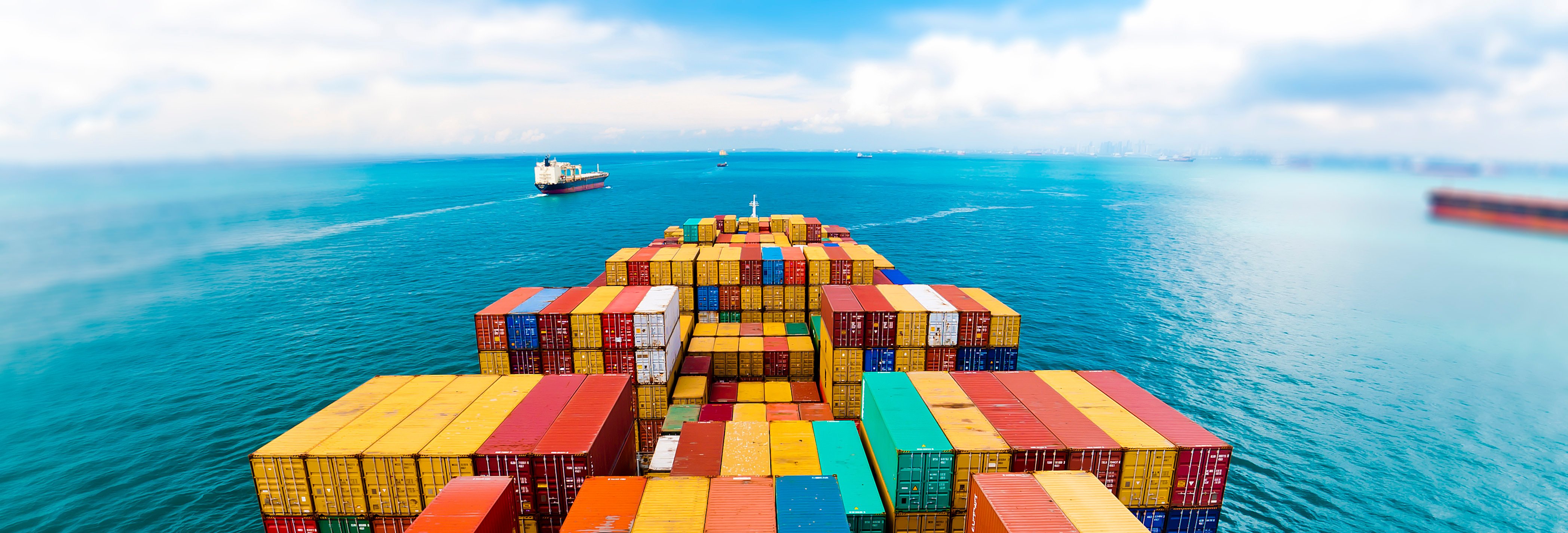
Due to the nature of their design, shipping containers can heat up significantly under direct sunlight during the daytime, and then the temperatures will drop down during the night time.
While shipping containers are on board a ship traveling the seas and oceans, the ambient temperature will always be regulated by the sea water temperature which averages 17 degrees Celsius globally.
So we will assume that shipping containers will cool down during the night time.
As these shipping containers will spend several weeks at sea, the challenge is for companies who sell candles, cosmetics, confectionary, anything that can deteriorate in high temperatures, to get them to their destination in perfect condition.
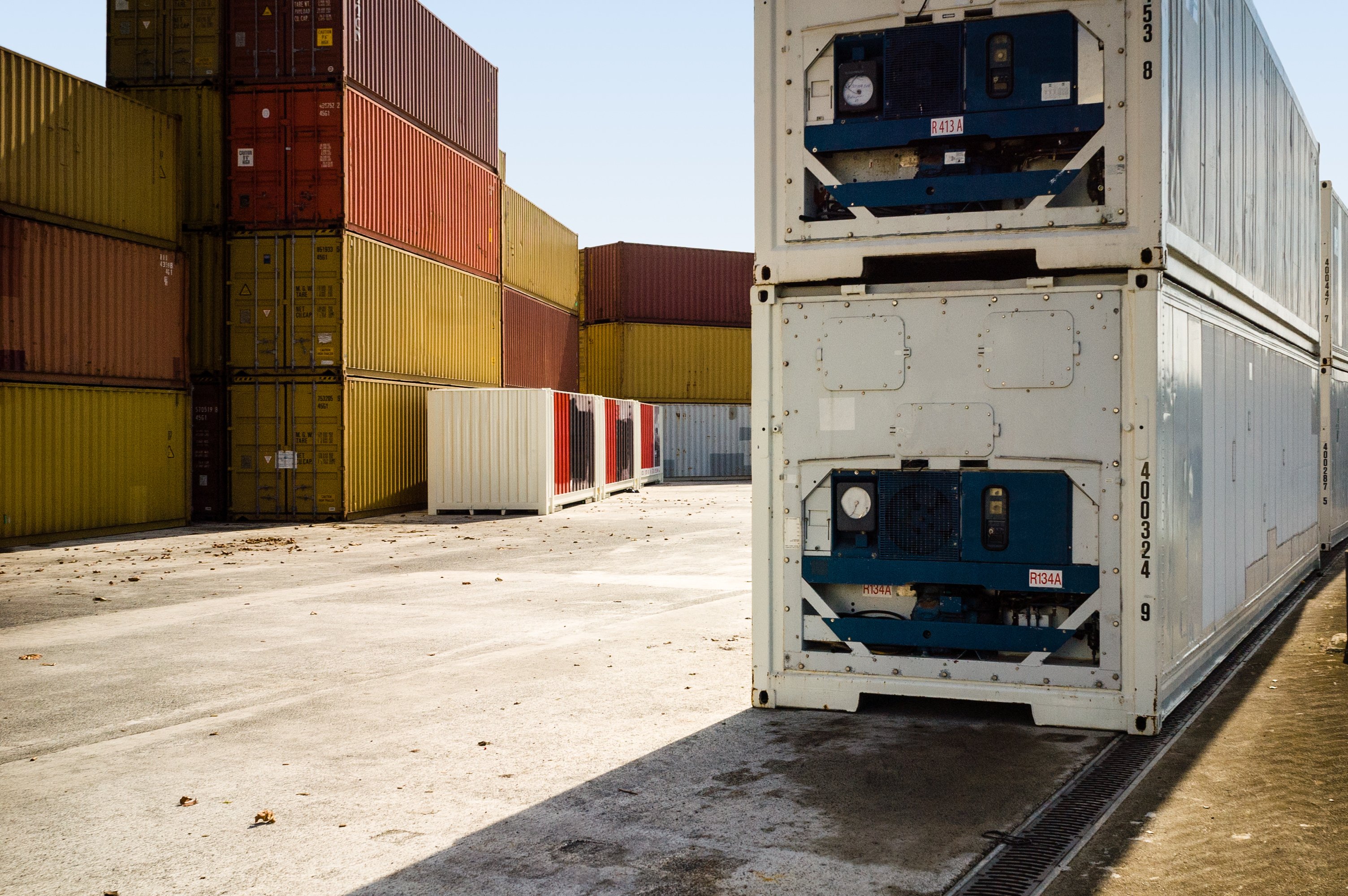
Refrigerated shipping containers
Refrigerated containers are available to buy and can be purchased for a little as £5000+ and can regulate the temperature between minus 25 degrees Celsius and plus 25 degrees Celsius.
However, this cost may be prohibitive so an alternative solution may need to be found.
Stabilising the temperature
If you are shipping chilled or frozen goods, then you will have to use a reefer (refrigerated) container.
The solution I am going to discuss will only work for product that needs to be stored at ambient temperatures.
For example, a lot of goods will deteriorate when exposed to temperatures of 50 degrees Celsius
The graph below shows the internal temperature of a shipping container over a 24 hours period.
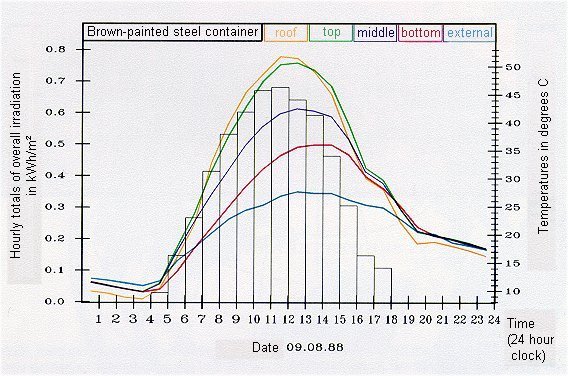
Now if you used a thermal barrier to slow the rate of temperature increase then we could reduce the maximum temperature that the goods get exposed to.
There are two ways this can be achieved.
Either we protect each pallet with a thermal cover at a cost of around £30.00 each, or a foil container liner which will cost around £400.00 each, both options shown below.
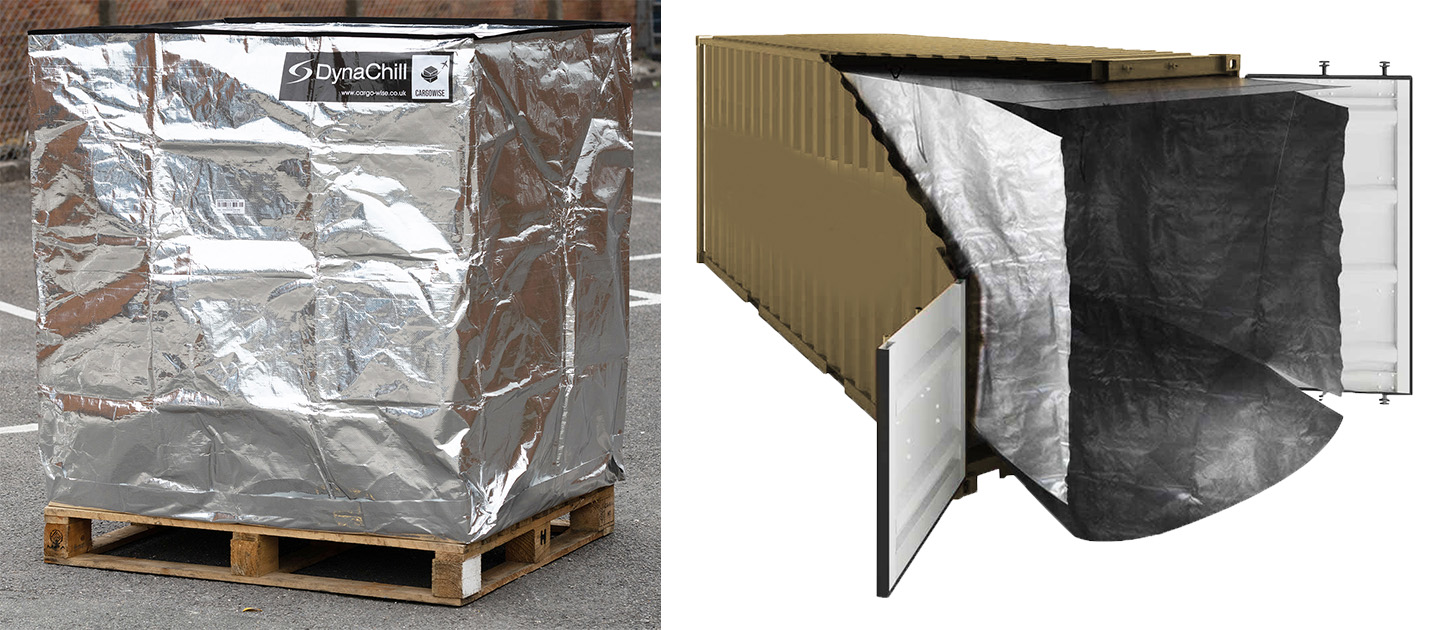
The graph below is only an illustration but it demonstrates the concept of reducing temperature fluctuations.
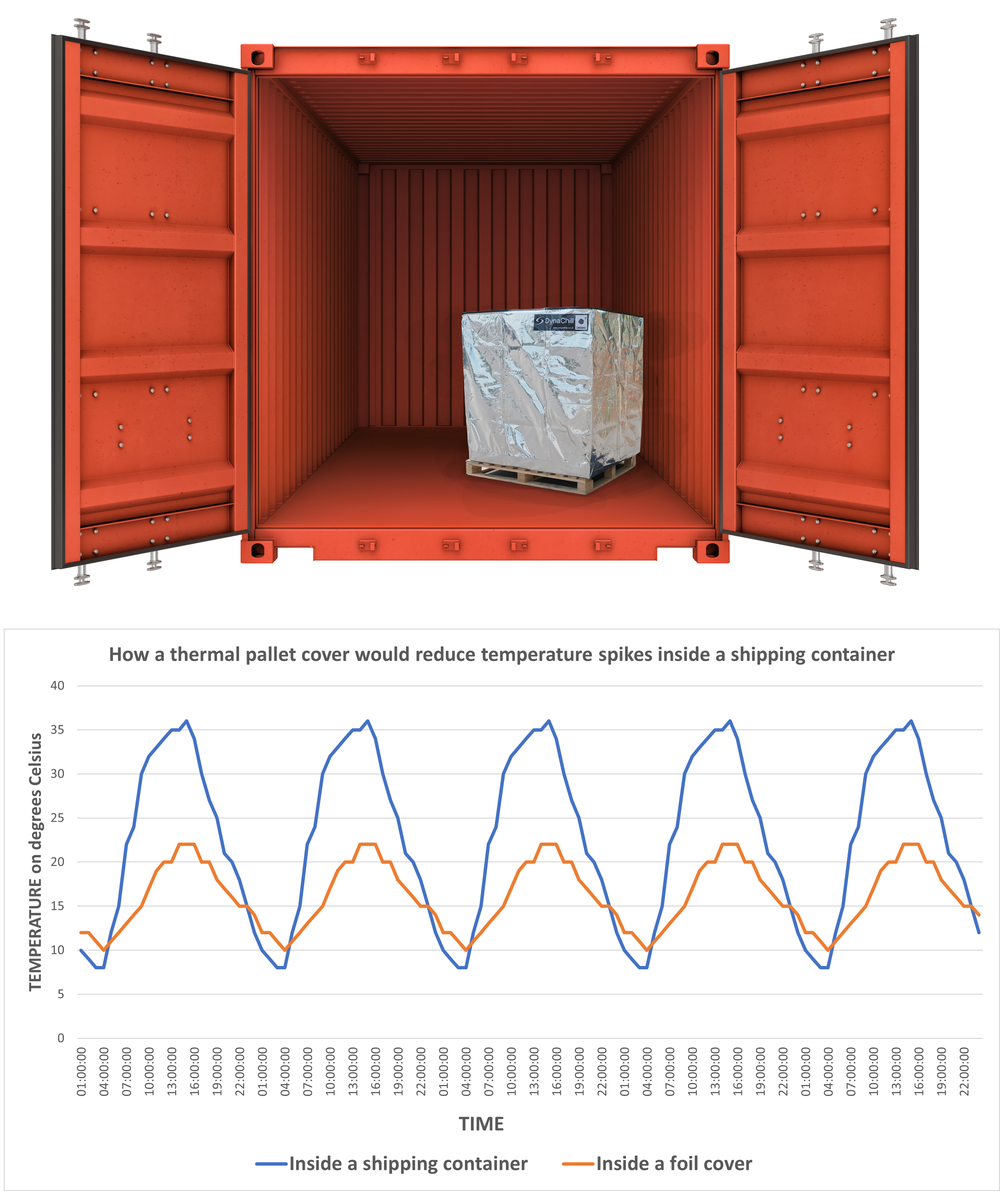
Based on tests that we have done (see our blog: https://www.cargo-wise.co.uk/blog/which-is-the-most-effective-thermal-pallet-cover) the standard foil cover slows the temperature increase to less than 1 degree Celsius per hour in an ambient heat of 48+ degrees Celsius. However, as the container cools the temperature decrease will be as equally slow. as the thermal cover is designed to significantly slow down heat transfer.
Summary
As most of the time a shipping container will be on board a ship which will be in close proximity to large bodies of water, however hot the temperature reaches during the day, the night time temperature will be cooler than a location inland. This is because water requires a lot of energy to heat up, and due to massive volumes of water in the seas and oceans, will largely remain at a steady temperature.
This fact means that the goods being shipped will have an opportunity to cool down at night time in preparation for the next onslaught of heat the following day.
This is of course theoretical and there are many variants and scenarios.
However, it is worth considering the option of using thermal foil covers and we can supply data loggers which will record the temperature inside a foil cover for testing purposes to see if the use of thermal covers solves any issues relating to high temperatures.
If you need any help regarding this, please get in touch with us. We will be delighted to share our experiences in order to help you find the best solution.

